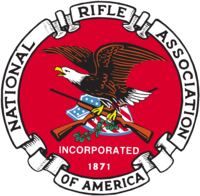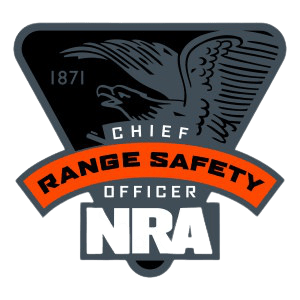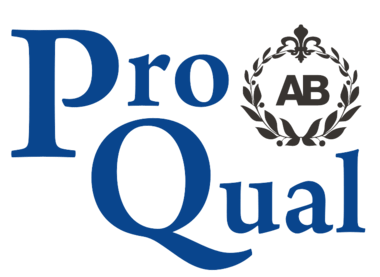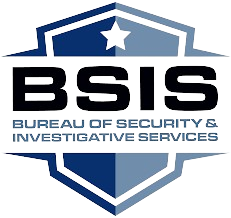ABA Level 3 Award in Security Chauffeur Driving
Course Dates
1st of every month
Course Duration (Live)
5 Days
Course Location (Live)
USA, UK, Thailand, Spain, Sri Lanka, Kenya, Turkey and Lebanon
Introduction
This qualification is appropriate for individuals who wish to work in a Close Protection Driving Role as well at those who want to simply experience another side to the industry
Topics included within this qualification include understanding the: importance of vehicle roadworthiness; searching and route selection. It also includes map reading, equipment and resources used, hazard perception and situational awareness, dynamic risk assessment and manoeuvring
Entry Requirements
Qualification Structure
Candidates must complete the 5 Mandatory units
- Road Safety for Security Chauffeur Driving
- Safety Aspects of Security Chauffeur Driving
- Security Chauffeur Driving
- Embus and Debus Procedures in Security Chauffeur Driving
- Route Selection in Security Chauffeur Driving
Assessment
Candidates must demonstrate the level of knowledge and skill described in the units.
Assessment is the process of measuring a candidate’s knowledge, understanding and
performance against the standards set in the qualification.
Each candidate is required to produce evidence which demonstrates their achievement of all of the learning outcomes and assessment criteria for each unit.
Evidence can include:
– assignments/projects/reports
– worksheets
– portfolio of evidence
– portfolio of evidence
– record of oral and/or written questioning
– candidate test papers
Learning outcomes set out what a candidate is expected to know, understand or be able to do. Assessment criteria specify the standard a candidate must meet to show the learning outcome has been achieved.
There must be valid, authentic and sufficient for all the assessment criteria. However, one piece of evidence may be used to meet the requirements of more than one learning outcome or assessment criterion.
Unit 1: Road Safety for Security Chauffeur Driving
Learning Outcome - The learner will: Assessment Criterion - The learner can:
1 Understand aspects of the Highway Code
1.1 Explain key safety aspects with regard to safe driving
1.2 Explain the legal factors whilst driving
2 Understand the importance of maintaining a vehicle’s roadworthiness
2.1 Explain the legal fundamentals of keeping a vehicle roadworthy
2.2 Identify the practical necessity of keeping a vehicle roadworthy
3 Understand methods of hazard perception
3.1 State potential areas where hazards occur
3.2 Explain time related hazards
3.3 State hazards relevant to road types
4 Be able to demonstrate situational awareness
4.1 Read road and traffic conditions and alter speed and direction accordingly
5 Be able to drive a vehicle safely
5.1 Explain methods of hazard perception and advanced awareness when operating a vehicle
Unit 2: Safety Aspects of Security Chauffeur Driving
Learning Outcome - The learner will: Assessment Criterion - The learner can:
1 Be familiar with vehicle and auxiliary equipment
1.1 State key safety aspects with regard to safe driving
1.2 Explain the legal factors whilst using driving
2 Understand why a systematic search of a vehicle is important
2.1 Explain the fundamentals of vehicle searches
2.2 State the importance of vehicle searches
2.3 Identify equipment and resources that could aid
in vehicle searches
3 Know which equipment and resources are available to a close protection drive
3.1 Identify safety equipment necessary to carry in vehicles
3.2 Explain task specific equipment for a close protection driver and its uses
4 Be able to drive in an economical manner
4.1 Explain why economical driving is advantageous
4.2 Demonstrate methods of driving economically
5 Understand methods of hazard perception
5.1 Explain methods of hazard perception and advanced awareness when operating a vehicle
Unit 3: Security Chauffeur Driving
Learning Outcome - The learner will: Assessment Criterion - The learner can:
1 Know how to interpret information from maps
1.1 Explain different types of roads and symbols
1.2 Explain how to judge distances on a map
2 Understand why security whilst in transit is important
2.1 Explain the need for security in transit
2.2 Explain and demonstrate methods of providing security whilst in transit
2.3 Demonstrate methods of providing security whilst in transit
3 Understand chauffeur protocol and etiquette
3.1 Explain the importance of professional protocol and etiquette when dealing with VIPs
3.2 State why confidentiality is important
4 Be able to carry out dynamic risk assessments whilst driving
4.1 Carry out a risk assessment when cornering
4.2 Carry out a risk assessment when driving in darkness
4.3 Carry out a risk assessment when using multi lane roads
Unit 4: Embus and Debus Procedures in Security Chauffeur Driving
Learning Outcome - The learner will: Assessment Criterion - The learner can:
1 Understand effective Embus and Debus procedures
1.1 Describe suitable areas to carry out Embus and Debus
1.2 Carry out the safe collection of a VIP
1.3 Explain reasons for having a primary and secondary pick up point
2 Be able to drive safely around corners at high speed
2.1 Explain the reasons to why high speed cornering would be used
2.2 State the practical and legal implications to carry out such a manoeuvre
3 Be able to reverse safely at high speed
3.1 State the safety factors involved with high speed reversing
3.2 Explain when to use such a method
3.3 Demonstrate a controlled high speed reverse
4 Understand emergency procedures
4.1 State when an emergency procedure should be put into place and the legal implications
4.2 Explain areas of a vehicle that can be incapacitated by another
4.3 State the safe and effective way of moving obstructions from the road with force
4.4 State when and how to mount obstructions and the adverse effects it can have on a vehicle
Unit 5: Route Selection in Security Chauffeur Driving
Learning Outcome - The learner will: Assessment Criterion - The learner can:
1 Understand the need for route selection when security chauffeur driving
1.1 State the importance of producing a primary and secondary route
1.2 Explain the need for route selection
1.3 Explain factors that need to be considered when carrying out route selection
2 Be able to carry out tactical driving for both high and low profile VIPs
2.1 State the difference between high and low VIPs and the threats related to both
2.2 Demonstrate low level protection driving
2.3 Demonstrate high level protection driving
3 Be able to carry out one, two and three vehicle VIP escort drills
3.1 Explain when and how one two and three vehicle convoys would be used
3.2 Carry out one vehicle protection driving
3.3 Carry out two vehicle protection driving
3.4 Explain procedures when carrying out three vehicle protection driving
4 Be able to safety carry out anti surveillance manoeuvres
4.1 Explain anti surveillance drills to identify if surveillance is being carried out
4.2 Carry out a “three sides of a box” manoeuvre
4.3 Carry out roundabout manoeuvres
4.4 Carry out lane changing manoeuvres
4.5 Safely alter speed and direction to detect surveillance
4.6 Discuss alternative methods available to a driver
4.7 Demonstrate with two vehicles how to safely detect and evade suspect vehicles
Qualification
Ofqual Qualification Number
Level
Total Qualification Time
Prerequisite
- Valid Driving Licence required
- ABA Level 2 Basic Award in First Aid at Work Awareness













